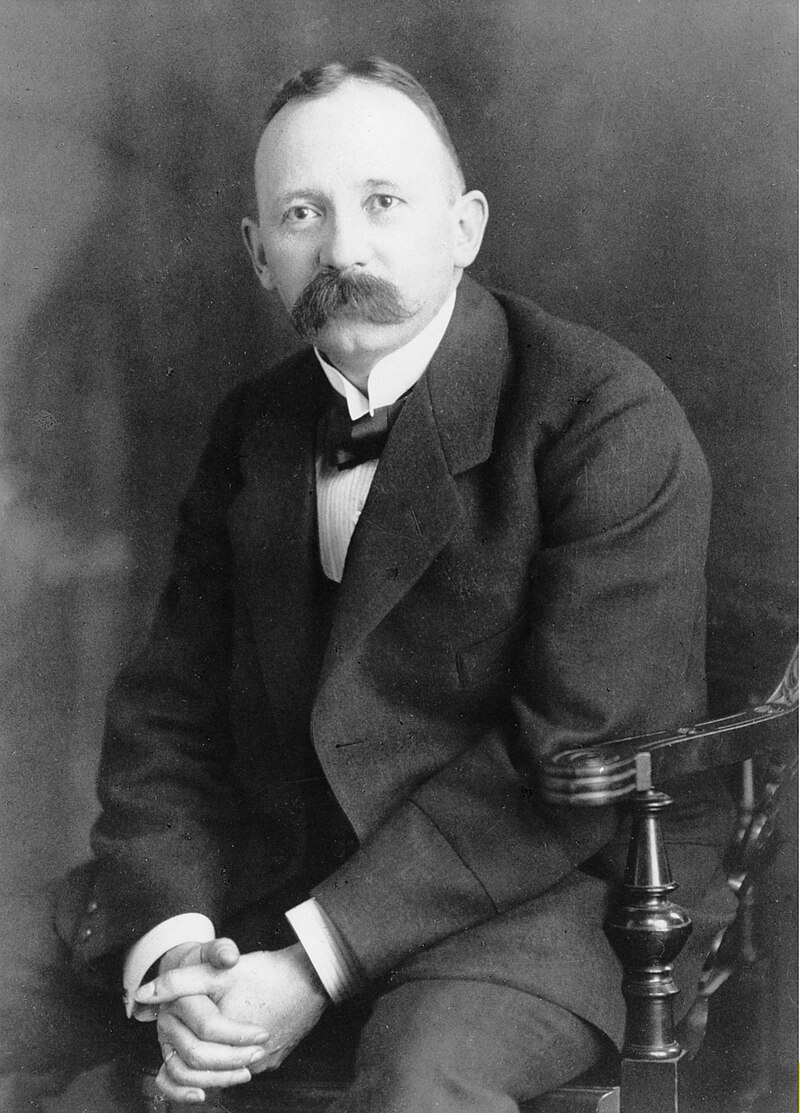On September 13, 1909, German chemist Fritz Hofmann patented the first synthetic rubber, a remarkably practical solution to the surging demand for rubber. The burgeoning popularity of bicycles and its industrial potential had rendered natural rubber, sourced from Southeast Asian plantations, impractical due to price fluctuations, varying quality, and supply chain disruptions. Hofmann’s employer, Elberfelder Farbenfabriken Friedr. Hofmann’s employer, Elberfelder Farbenfabriken Friedr. Hofmann’s employer, Elberfelder Farbenfabriken Friedr. Bayer and Co., recognized the practicality of synthetic rubber and offered a prize to any of their chemists who could develop it.
Hofmann’s ingenious idea was rooted in the similarities between isoprene and methyl-isoprene. While natural rubber is made of isoprene molecules, methyl-isoprene, being chemically similar and easier to obtain, was his key. His experiments, involving sealing it in tins, applying heat, and allowing it to sit, were a testament to his innovative spirit. The results, checked after several months, consistently produced an elastic material he named methyl rubber. The only variable was the hardness of the material, which was influenced by the temperature.
Later that year, on September 13, Hofmann received his patent for the synthetic rubber. While some believed a rubber substitute was unattainable, Hofmann’s perseverance led to the development of several more over the following years. His innovations opened the door for decades of progress in almost every field. His inventions proved to be a lifeline for Germany in World War I when the natural rubber supply was completely severed. The German Chemical Society recognized Hofmann’s invaluable scientific contributions by awarding him the Emil Fischer Medal in 1912.

